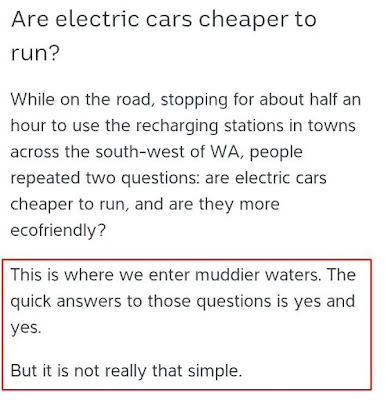The reason for this post (which will be of little interest to even less people than usual) is to provide an answer to a question which was asked of me recently:
Which is better: DNG (*and then process the DNG, with say Snapseed) or the Ultra HD modeSo I set about to answer this question...
Firstly lets look at some images, the overview I took, which has plenty of "natural detail" and is at a distance where the blur caused by atmosphere isn't going to effect things (like a mountain range):
I took (essentially) 3 shots the Ultra HD, then a DNG (which then automatically takes a) JPG.
Basically the Ultra HD mode uses some upscaling and combines (as near as I understand it) a number of images and attempts to work out the sharpest portions of each image to:
- jam together the best bits to make an over all
- upscale it and save it to a JPG
Lets take a look
So lets dive into the pixel peeping now shall we? First lets look at a segment of the OOC (Out Of Camera) JPG and the Ultra HD at the same level of detail (which means that the UHD will be shown at 50% so they are effectively comparable.To me there are no surprises ... the two images look close, with the usual "over sharpened look" to the OOC JPG. Nothing screams out at us however.
I've never understood the mental masturbation over MegaPixel Madness, and I'm willing to bet that 99% of the images from these phones will end up on Facebook or some other social media and therefore scaled down ... very very few will end up being printed taking advantage of the 4000 pixel width ... but most of the "selfieObsessed" users attracted to the King Wang name will not even understand any of the above anyway ...
The next step is to look at the UHD more closely and compare that to the OOC JPG. To make this easier I did a bicubic upscale in Photoshop of the JPG so we can see clearly:
This makes it pretty clear (to me at least) that the final written JPG just doesn't have the "right stuff" to make an upscale work ... meaning that this is a win to the UHD image. Probably because the image is upscaled prior to the mushy crummy JPG algorithm that Oppo uses is applied to the OOC JPG (meaning its likely it does it in an uncompressed image space, perhaps even RAW).
Ok, so now lets take the DNG (which I've already established to be heaps better than the OOC JPG in so many previous posts it does not bear repeating), Starting with the DNG (processed in Snapseed with not much more than a straight conversion, which is of course then saved as a JPG by Snapseed) and then upscaled in Photoshop to compare to the UHD at 100%
Which is very close, but to me actually gives better tonals in the ridge of the rear wheel arch (the rust and cracked paint more clearly defined). So even upscaled the DNG is competitive to the UHD
As well (as a side benefit) we have the opportunity to do more post processing (without getting posterisation of the sky) from the DNG than we would from the UHD (because we're dealing with more bits at starter).
For the hell of it I thought I'd downscale the UHD to compare it at 100% with the Snapseed to see if there was something in that:
Which to my eye looks pretty good (although I prefer the colour balance of the DNG over the UHD).
So what's the point and what's the benefit to a photographer? Are there drawbacks?
Advantages , Similarities and Drawbacks
As it happens the DNG is about the same physical size as the UHD shot (even though its a JPG), but the nod goes to the DNG because its actually a little smaller (should you be pushed for space on your phone) at 25Mb vs 26Mb (for the UHD) : advantage DNGA drawback of each is that you have to remember to engage that mode (either RAW or Ultra HD), however the UHD has the additional drawback that (because it takes multiple images) you have to hold the camera steady longer ... or get a crummy shot. advantage DNG
Because the UHD is a JPG, you can (assuming you want to) just get a big print made directly from it and know that (printing to 140cm monster prints) you'll get a much crisper print than from a regular OOC JPG and won't need to bother with processing software or mussing up your hair : advantage UHD
Myself I'll keep using DNG because I happen to be OK with the use of Snapseed (or other future advances in DNG processing), however I hope this has helped you to work out what you'd like to do and why.
:-)

































